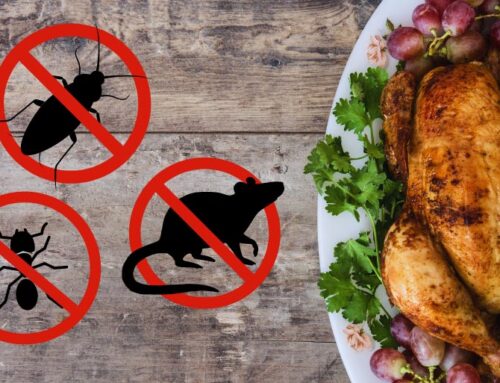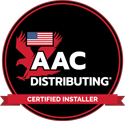As the cool weather sets in, fall pests like spiders and rodents seek the warmth and shelter of our homes. These unwelcome guests can cause significant frustration and potential health risks.
While natural shelters like trees and rocks offer them refuge, our homes provide even more attractive overwintering sites. Preparing your home for fall intruders is essential to keep these invaders at bay and ensure a safe and comfortable living environment.
Common Fall Pests
Understanding which pests are most common during this season can help you take proactive steps to protect your home. Below, we explore some of the most prevalent fall season pests and their characteristics.
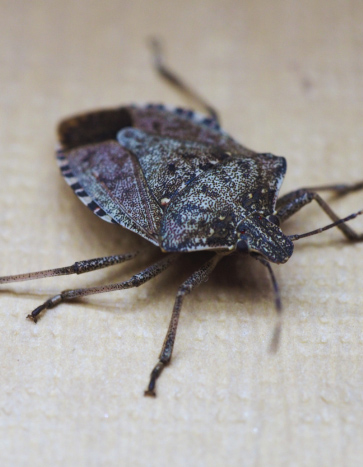
Brown Marmorated Stink Bugs
Brown Marmorated Stink Bugs are notorious for invading homes in the fall. These shield-shaped insects are brown and emit a foul odor when disturbed or crushed, hence their name.
They are attracted to warm spaces and often enter homes through cracks and gaps in windows, doors, and foundations.
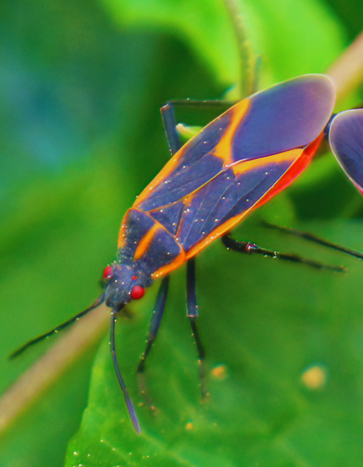
Boxelder Bugs
Boxelder Bugs are black with reddish-orange markings and are typically found on boxelder trees.
In the fall, they gather in large numbers on the sunny sides of buildings and eventually find their way indoors. While they are not harmful, their presence can be a nuisance.
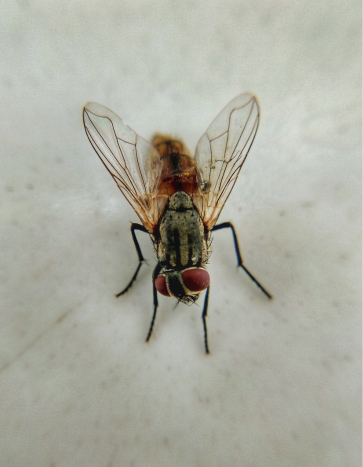
Cluster Flies
Cluster Flies are slightly larger than house flies and are known for their sluggish movement. They often enter homes in the fall to hibernate and can be found in attics, wall voids, and unused rooms.
While they do not pose a health risk, they can be bothersome when they cluster in large numbers.
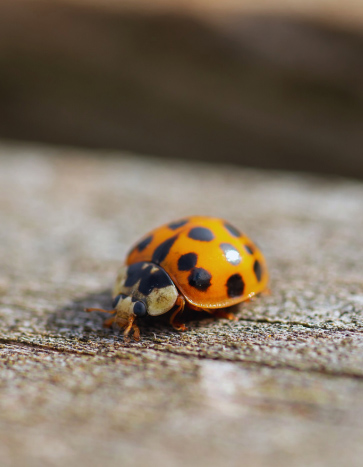
Multicolored Asian Lady Beetles
Multicolored Asian Lady Beetles are often mistaken for native ladybugs but can be distinguished by the “M” or “W” shape on their pronotum.
They are beneficial outdoors but can become pests when they invade homes in large numbers during the fall.
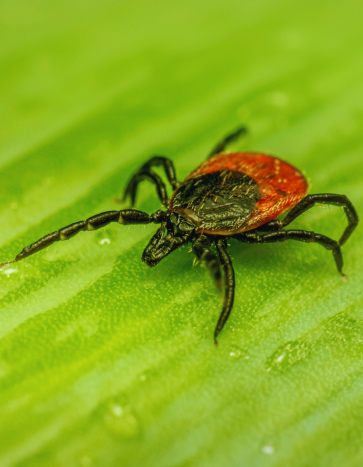
Ticks
Ticks are tiny arachnids known for spreading illnesses such as Lyme disease. Although they are more active during the warmer months, some species remain a threat into the fall.
They attach to humans and pets to feed on blood and are typically found in tall grass, leaf litter, and wooded areas.
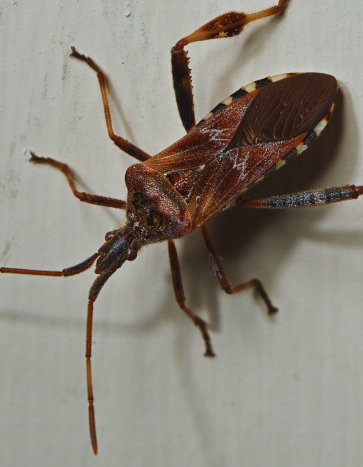
Western Conifer Seed Bugs
Western Conifer Seed Bugs are large, brown insects with leaf-like expansions on their hind legs.
They feed on conifer tree seeds and seek indoor shelter in the fall, entering homes through small cracks. Though harmless, they emit a pungent odor when disturbed.
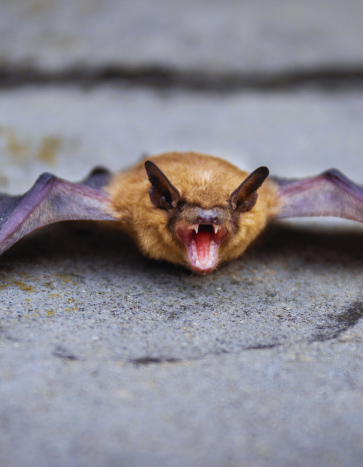
Bats
Bats help control insect populations but can be problematic when they roost in homes.
They enter through small openings in roofs or eaves, and their droppings (guano) can cause respiratory issues. Bats are beneficial outdoors but need to be kept out of living spaces.
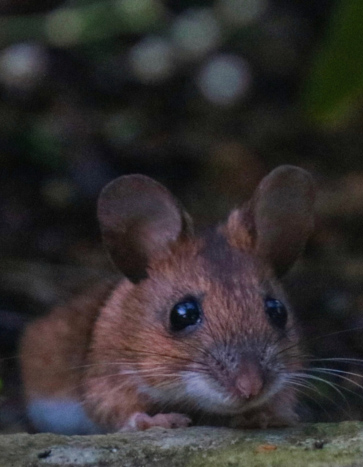
Mice
Mice are common fall invaders seeking warmth and food. They enter through tiny openings and nest in walls, attics, and basements.
Mice can cause damage by gnawing on materials and wires and pose health risks as disease carriers.
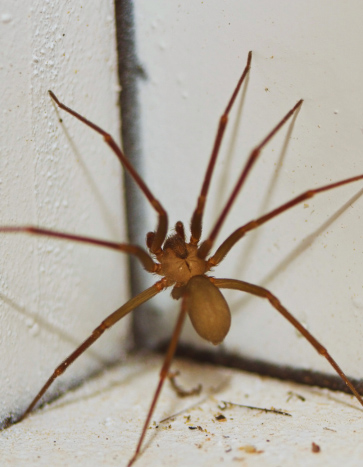
Spiders
Spiders become more noticeable in fall, seeking indoor shelter. While most are harmless and beneficial in controlling insects, their presence can be alarming.
Common indoor spiders include house spiders and cellar spiders, with some like the black widow and brown recluse being more dangerous.
Understanding the characteristics and behaviors of these common fall intruders is the first step in protecting your home. Now that you’re familiar with the types of pests that can invade during the fall, it’s essential to know how they gain entry into your living space.
In the next section, we will explore the various entry points and seasonal behaviors that enable these pests to infiltrate your home.
How Fall Intruders Enter Your Home
As fall animals seek shelter from the cooling weather, understanding how they gain access to your home is crucial. This section covers the common entry points and seasonal behaviors of these pests, providing insights into how they manage to invade your living space. Knowing this helps in planning effective fall pest control measures to keep your home safe.
Common Entry Points for Pests
Fall pest intruders can exploit various entry points around your home. Even the smallest cracks and gaps can serve as an open door for these invaders. Common entry points include:
Seasonal Behavior of Pests
Fall-time pests exhibit specific behaviors that make them more likely to seek shelter indoors as temperatures drop. Understanding these behaviors can help in anticipating and preventing infestations:
By identifying these entry points and understanding the seasonal behaviors of fall-time pests, you can take proactive steps to secure your home. In the next section, we’ll discuss effective fall pest prevention tips to help you keep these invaders at bay.
Effective Fall Pest Prevention Tips
Now that you know which pests are most common in the fall and how they enter your home, it’s time to take proactive steps to prevent them. Implementing effective pest prevention measures can help keep your home safe and pest-free. Here are some essential pest control tips to help you protect your home this fall.
Seal Entry Points
To effectively prevent fall intruders, start by blocking their entryways into your home. Sealing gaps and cracks can greatly reduce the likelihood of pests making their way inside. This is a key part of any fall pest control strategy.
Maintain Cleanliness
Keeping your home spotless is a crucial step in deterring pests. An environment free from food, water, and hiding spots will be far less inviting to these intruders. Regular cleaning is one of the most effective pest control tips to implement.
Proper Storage of Food and Waste
Properly storing food and waste is essential in keeping pests at bay. By limiting access to food sources, you can reduce the likelihood of an infestation.
Outdoor Maintenance
Maintaining your outdoor space can help prevent pests from making their way indoors. By managing the exterior of your home, you create a barrier that deters pests.
Regular Pest Inspections
Consistent checks for pests can help spot and resolve issues before they escalate into major infestations.
By following these effective fall pest prevention tips, you can create a home environment that is less inviting to pests. In the next section, we’ll delve into the impact of fall-time intruders on your health and property, providing further insights into why these prevention measures are so crucial.
Understanding the Impact of Fall Pests
Fall season’s pests can greatly affect both your home and your health. Recognizing these impacts highlights the need for effective pest prevention and control measures. In this section, we examine the health risks and potential structural damage caused by common fall-time pests.
Health Risks
Autumn pests can introduce several health concerns for you and your family. Here are some key risks:
Structural Damage
Pests can inflict severe damage on your home’s structure, leading to expensive repairs:
Understanding the health risks and structural damage associated with fall season pests underscores the importance of taking preventative measures. In the next section, we will discuss professional pest control services and when it might be necessary to call in experts to help protect your home.
Professional Pest Control Services
Although DIY solutions can handle minor pest issues, there are times when professional help is essential for comprehensive pest management. This section will discuss situations that require expert intervention and the benefits of hiring professional pest control services, especially for fall pest treatment.
When to Call a Professional
Recognizing when to bring in a professional is key to stopping pest problems from getting out of hand. Consider contacting a pest control expert in these situations:
Benefits of Professional Pest Control
Opting for professional pest control services has multiple benefits:
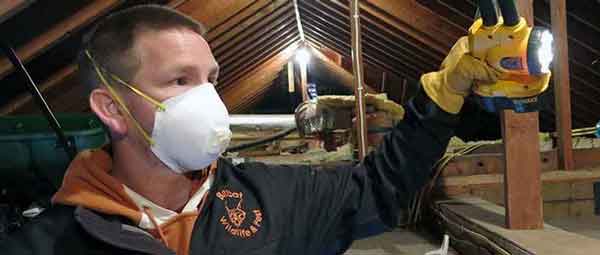
About the Author
Gene Spaulding, Owner and Founder of Bobcat Wildlife & Pest Management, has been at the forefront of pest and wildlife control since 2008. With over 17 years of hands-on experience, Gene combines his expertise and passion to deliver effective and humane pest management solutions to homeowners and businesses across the Des Moines Metro area. Guided by the motto “Your Property, Our Priority,” Gene ensures that Bobcat Wildlife & Pest Management remains a trusted partner for comprehensive pest and wildlife services.
